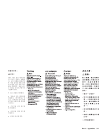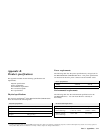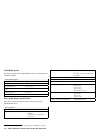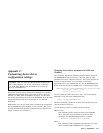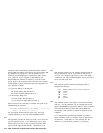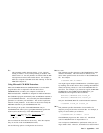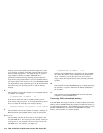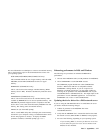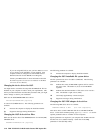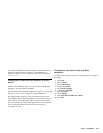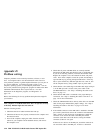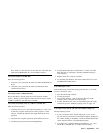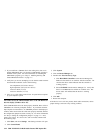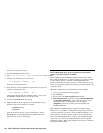For more information on techniques to conserve conventional memory,
refer to the following topics in the documentation that comes with
your operating system:
DOS=UMB, DOS=HIGH,UMB (CONFIG.SYS entry)
This command enables the use of upper memory and loads DOS,
MSCDEX, and the IDE CD-ROM device driver in upper
memory.
HIMEM.SYS (CONFIG.SYS entry)
This is a device driver that manages extended memory (RAM
memory above 1 MB). Windows automatically loads this device
driver.
EMM386.EXE (CONFIG.SYS entry)
This is a device driver that allows the extended memory made
available by HIMEM.SYS to be used as expanded memory. The
MSCDEX /E parameter might be used in conjunction with this
device driver to move the cache allocated by MSCDEX into this
memory, thus freeing some conventional memory.
MEM /C /P (use from DOS prompt)
This is a useful DOS utility that will display the current memory
allocation in your computer to help you understand where device
drivers and programs are located. To display the MEM
parameters available, at the DOS prompt type mem/?
Enhancing performance in DOS and Windows
The following two procedures can enhance CD-ROM drive
performance.
1. Allocate more MSCDEX cache (see /M parameter for MSCDEX).
2. Allow SMARTDRV to cache CD-ROM accesses.
The CDSETUP program disables the cache CD-ROM data
function. Multisession CDs are not compatible with the
SMARTDRV caching method. If you do not plan to use
PhotoCD or multiple-session CDs, you can enable caching by
removing the /U parameter from the SMARTDRV line in your
AUTOEXEC.BAT or CONFIG.SYS file. This might improve the
performance of some CD-ROM applications. You must have
SMARTDRV 5.0 or later to cache CD-ROM data.
Updating the device driver for a DOS network server
If you are using the CD-ReWritable drive in a DOS Network server
you need to make the following changes:
1. Add the /S parameter to the MSCDEX line in the
AUTOEXEC.BAT file.
2. Verify that the MSCDEX line is located after the line that loads
the network services (NET START for IBM PC LAN program).
3. Do one of the following, depending on your operating system:
If you are using DOS 3.3, be sure you have PC Local Area
Network (LAN) Program Corrective Service Diskette level
IP00755 or later installed.
Part 3: Appendixes 3-17



